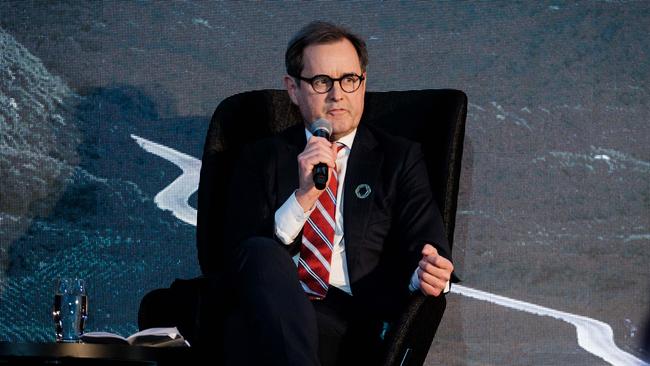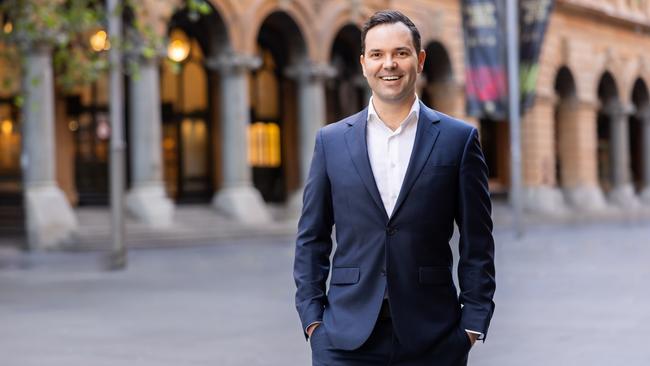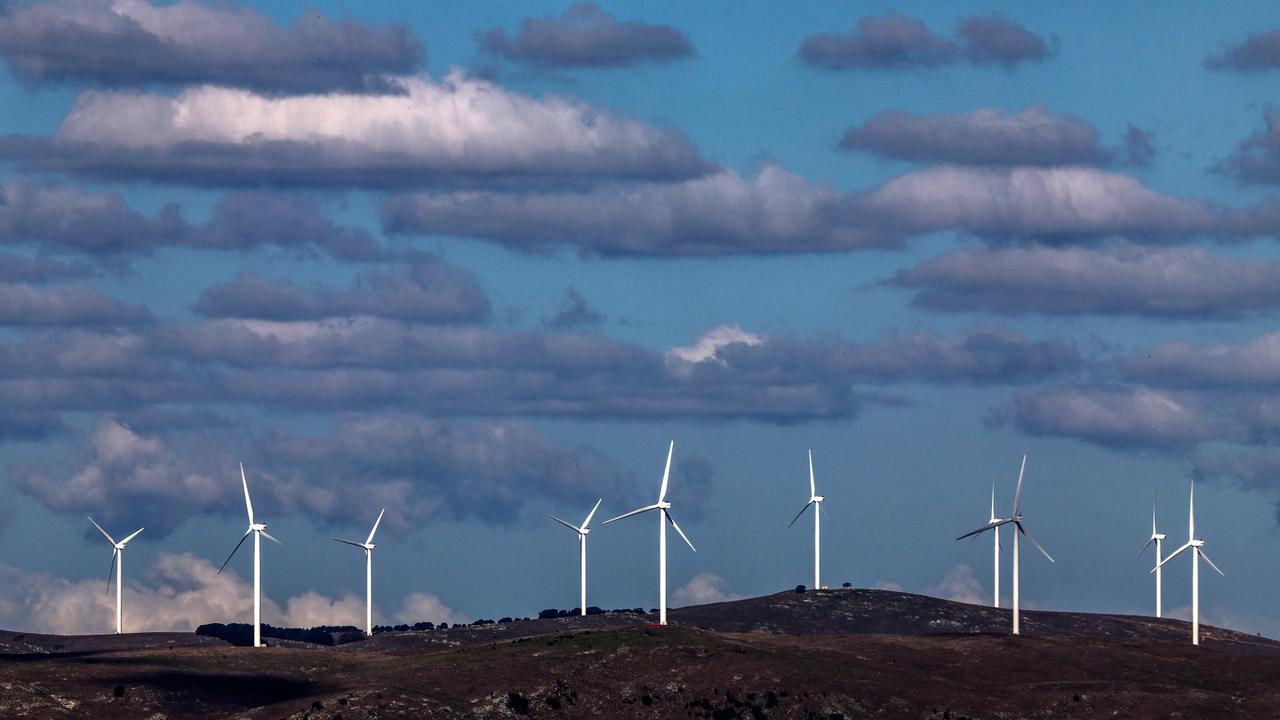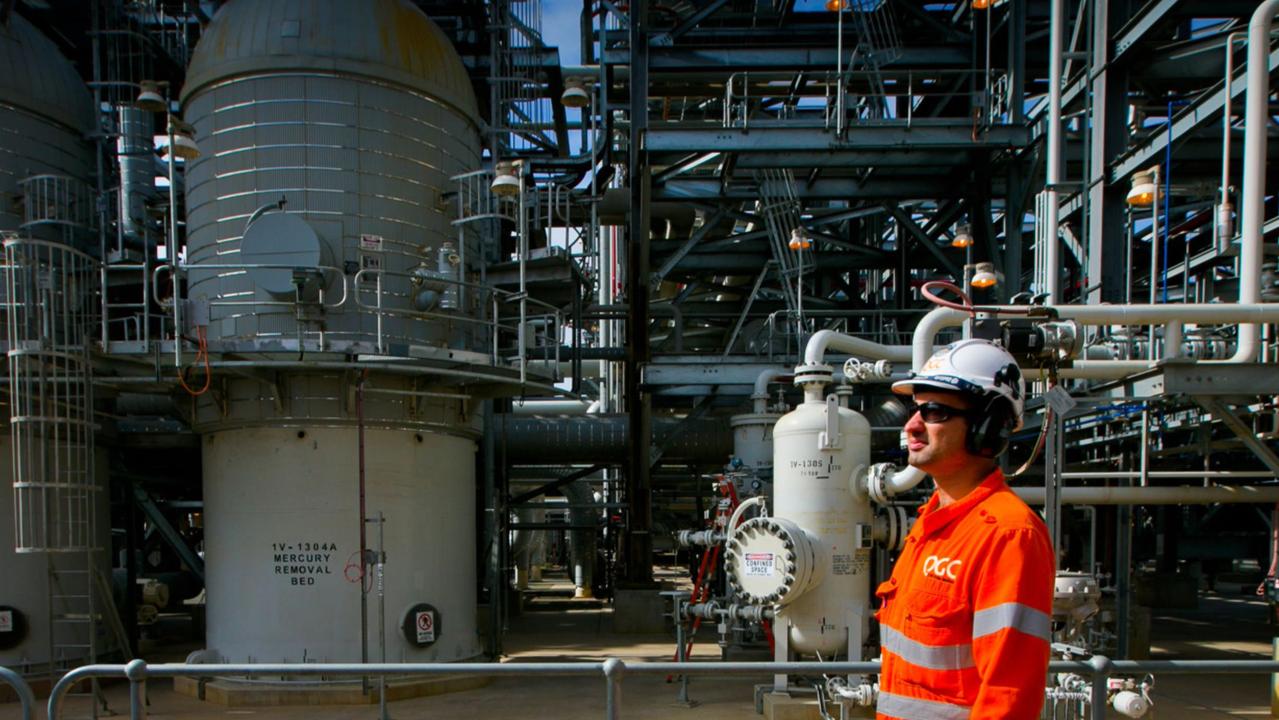CEFC ramps up deployment of $1bn household energy fund
The Clean Energy Finance Corporation has deployed more than a third of a $1bn fund for household upgrades, and its latest commitment will go to customer-owned Bank Australia.

The Clean Energy Finance Corporation has deployed more than a third of a $1bn fund for household energy upgrades, and the latest financing commitment is going to customer-owned Bank Australia.
The federal government allocated $1bn to the CEFC to create the Household Energy Upgrades Fund – a vehicle aimed at accelerating cleaner energy improvements in existing homes – through the provision of discounted loans through a range of banks and other financiers.
Bank Australia is the latest recipient of CEFC funding. The CEFC commitment of $50m is then typically matched by the lender and in this case will facilitate $100m in green loans being provided to Bank Australia customers at discounted interest rates.
It is the fourth CEFC investment from the Household Energy Upgrades Fund, taking total program commitments to $345m. The biggest to date was announced in August, when the CEFC provided $160m to support a new Westpac loan, aimed at customers installing energy-efficient and clean technologies. ING has received $75m, while non-bank lender Plenti drew on support of $60m.
According to Monash University’s Climateworks Centre, Australia’s 11 million homes account for more than 25 per cent of the nation’s energy consumption and are associated with more than 10 per cent of total emissions.
“Increasing the uptake of renewable energy, storage and related infrastructure is critical to Australia’s net zero ambitions and clean energy transition. The installation of more rooftop solar, home batteries and energy efficiency equipment will help unlock additional clean energy capacity,” CEFC chief executive Ian Learmonth said.
“This means we can better manage energy demand and ultimately contribute to the creation of a stronger, more reliable and cleaner grid.
“The HEUF is a great opportunity to reach more Bank Australia customers and support the electrification journeys of their existing homes.”
The CEFC is often referred to as Australia’s green bank and has access to more than $30bn from the federal government.
However, the Reserve Bank last year observed there was “no centrally administered definition” for what constituted a green loan in this market, meaning classifications could differ between lenders that would probably draw on their own sustainability framework. The RBA’s report noted the categories spanned green mortgages, green personal loans and green car loans.
“Green and sustainable financial markets can assist in funding Australia’s transition to a lower emissions economy. These markets have grown quickly over recent years. However, green bonds, green loans, green securitisations and ethical equity funds currently constitute only a small share of their total respective markets,” the RBA’s analysis said.

CEFC associate director Josh Heazlewood said the Household Energy Upgrades Fund’s criteria was specific around what the loans could be used for, and noted the agency also assessed the interest rate discounts and other product features being offered by lenders ahead of committing funding.
“We do look at, when we assess counterparties for the transactional needs, what that pricing is and then what the concession will do for the consumer,” he said.
“As the affordability challenge more broadly has become more stark it’s (energy costs) become more front and centre.”
Mr Heazlewood said the CEFC also assessed the data from lenders after they deployed the funding for green loans and the bulk of funds were being used for solar panels and battery purchases.
The CEFC said Bank Australia’s clean energy home loan would help deliver a variable rate of 5.38 per cent per annum for borrowers for the first five years, well below the average variable rate for a mortgage that is typically above 6 per cent. When Westpac’s green loan, backed by the CEFC, launched, it had a variable rate of 4.49 per cent per annum.
Bank Australia managing director Damien Walsh said: “We know purchasing a sustainable home or making green upgrades isn’t always an easy process, and that’s why we’re working with the CEFC. We have changed our clean energy home loan criteria to be all-electric and made it easier for customers to select the relevant pathway for their home.”
The CEFC said it had received proposals for investment opportunities worth more than $850m in green loans and expected further funding commitments to be made in 2025. The agency received proposals from banks, fintech companies and non-bank lenders.
The CEFC invests across a range of areas and has also been tipping funds into a string of industries to facilitate emissions reduction. In September, it made a $70m commitment to Flinders Port Holdings to finance electrification across the firm’s seven South Australian ports.
The CEFC also backed a Mirvac Build to Rent venture through a $75m cornerstone investment, aimed at lifting the energy efficiency standards of domestic rental properties.
Earlier this year, the CEFC backed the Central-West Orana Renewable Energy Zone with a $490m loan from the Rewiring The Nation Fund.




To join the conversation, please log in. Don't have an account? Register
Join the conversation, you are commenting as Logout